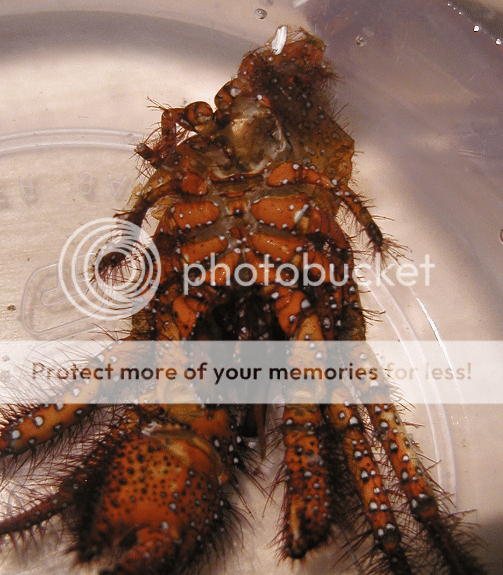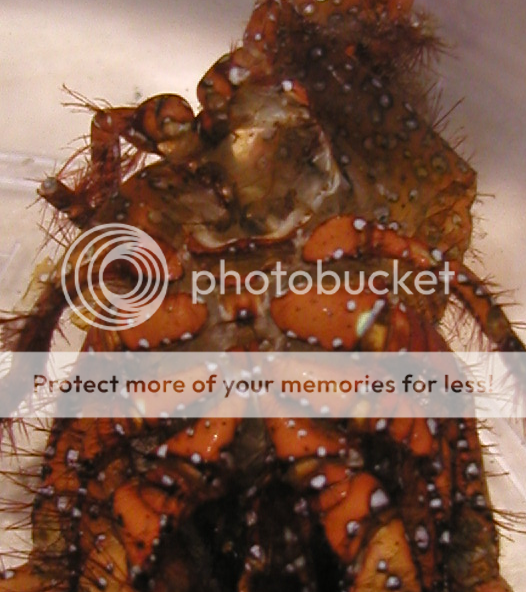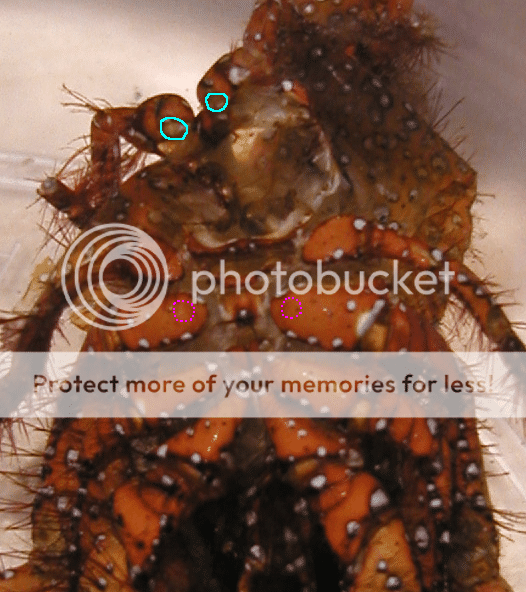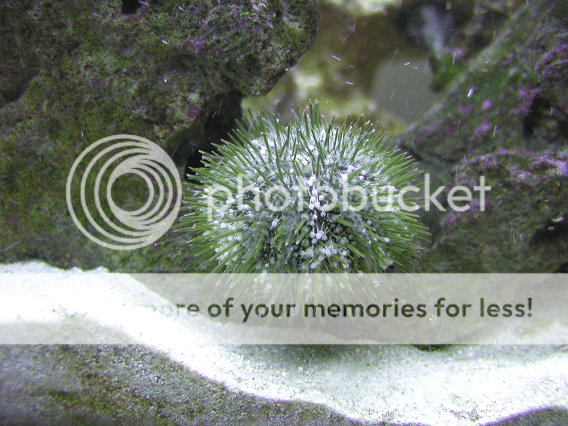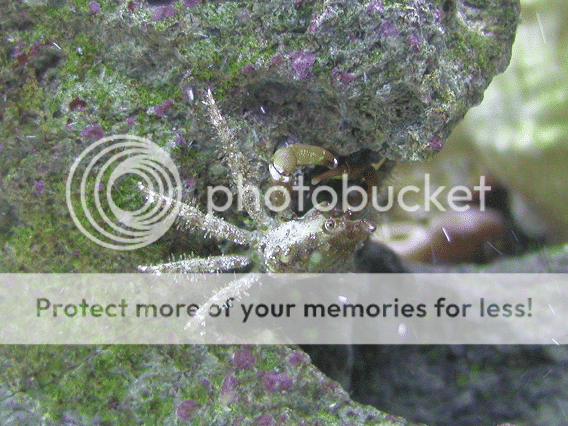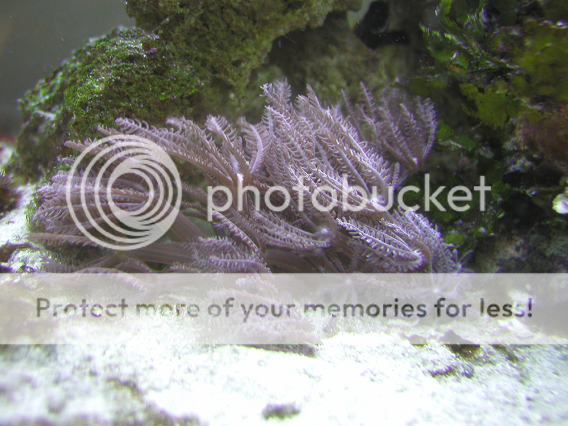Yuma
Fish Fanatic
Donya, looks like things are coming along nicely. I'm watching, with interest, on the progression with the "phyto dosing". Love the anthelia as well...hoping to get some of those for myself in the not too distant future.
Love the anthelia as well...hoping to get some of those for myself in the not too distant future.
 . Of course, the LFS warned me that it can sometimes be a bit of a weed in tanks with a lot of nutrients, but I will be over the moon if it grows enough to warrant fragging.
. Of course, the LFS warned me that it can sometimes be a bit of a weed in tanks with a lot of nutrients, but I will be over the moon if it grows enough to warrant fragging. I know macro doesn't respond well to physical abuse, and Mr. Hairylegs was over being a bit rough with that rock recently (no harm to the NPS polyps though - he's only brutal to macro). I'm keeping my fingers crossed, but not feeling too optimistic at the moment since this tank and the mantis tank are the first time I've had any of that macro so I don't know the ins and outs of the species.
I know macro doesn't respond well to physical abuse, and Mr. Hairylegs was over being a bit rough with that rock recently (no harm to the NPS polyps though - he's only brutal to macro). I'm keeping my fingers crossed, but not feeling too optimistic at the moment since this tank and the mantis tank are the first time I've had any of that macro so I don't know the ins and outs of the species.Donya you will indeed find that you mushrooms now glowing because you where feeding it.
Under higher lighting or in a fed tank where it won't need as much zooxanthellae to get the energy needed to survive they will go away from brown coloration to greens (or others)
Oh and prepare to be over the moon as anthelia will spread and will require fragging but looks great so who cares
 /www.coralrx.com/
/www.coralrx.com/Instead of QT for corals have you tried coral RX? Its sort of a bath for the corals which remove a lot of pests that are attached to the coral. I'll find a link!
http/www.coralrx.com/
Coral Rx should not be used on fish, shrimp, crabs, snails, clams or other invertebrates.
sorgan said:ah the love for growing things explains the monster of an aiptasia you have in your mantis tank

My halimeda used to do the same kind of thing at night, almost used to go totally white but then coloured up again, dont know why lol

